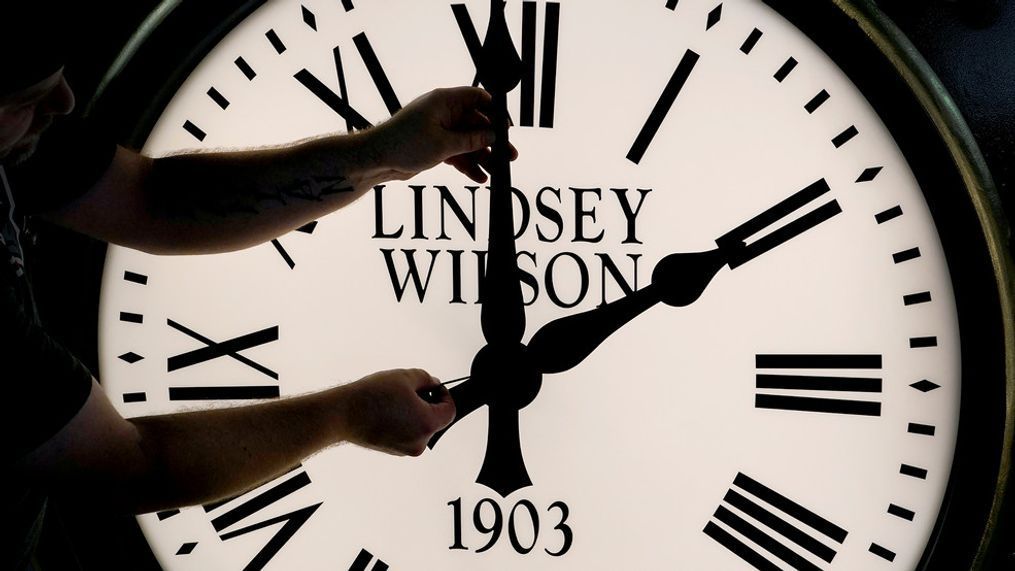Ready to spring forward? Facts you may not have known about daylight saving time

SEATTLE (KOMO) — Spring is just around the corner.
Daylight saving time begins Sunday, March 10, and we'll set our clocks ahead one hour. The yearly time change comes despite lawmakers in some states pushing to keep the state on permanent daylight saving time.
So why do we even have DST to begin with? Here are a few facts about the time switch.
Who had the idea to change the clocks? It depends on who you ask
The creation of DST is often credited to Benjamin Franklin, who first wrote about the idea in a letter to the editor of theJournal de Parisin 1784. Franklin merely suggested Parisians should wake up earlier to save money on lamp oil and candles, and more importantly, he wrote it as satire.
If you enjoy DST as we know it today, you can thank New Zealand scientist George Vernon Hudson, who presented a paper to the Wellington Philosophical Society in 1895 that proposed a two-hour shift forward in October and a two-hour shift back in March. Although there was interest in Hudson's proposal, and he followed up on it with another article in 1898, the idea never came to fruition.
Fast forward to 1905, and a man named William Willett came up with the idea of moving the clocks forward in the summer to take advantage of the daylight in the mornings and lighter evenings. Willett's idea was picked up by some lawmakers, who introduced a legislation, but it was highly opposed, and Willet died in 1915 before his idea could become reality.
Germany was the first country to enact DST
DST was first adopted in Germany during World War I in 1916 to replace artificial lighting so they could save on fuel for the war effort. It was quickly followed by Britain and many countries from both sides, including the U.S.
Many countries reverted back to standard time post-World War I, and it wasn't until World War II that DST made its return and remained for many countries.
The Uniform Time Act
DST wasn't standardized across the U.S. until the passage of the1966 Uniform Time Act, which gave the federal government oversight over the time change.
The time change is now implemented in over 70 countries worldwide. Currently, most of the U.S. observes DST except for Hawaii and most of Arizona, and the U.S. insular areas of Puerto Rico, the U.S. Virgin Islands, American Samoa and Guam.
The time frame used to be different
In the U.S., DST starts on the second Sunday of March and ends on the first Sunday in November. But that wasn't always the case.
According to the AARP, prior to the Energy Policy Act of 2005, which went into effect in 2007, daylight saving time was observed from early April until late October.
It takes a toll on your health
Losing an hour of sleep each March can take a toll on your well-being, according to sleep experts.
"The shift to daylight saving time has been linked to an uptick in heart attacks, strokes, traffic fatalities and workplace injuries — and some sleep experts have called for an end to springing forward altogether,"according to the AARP.
States want to stop changing the clock
In the last few years, 19 states have either enacted legislation or passed resolutions to stick to daylight saving time year-round, but implementing this change would require an update to federal law, which goes back to the Uniform Time Act.
Under that law, states can either observe daylight saving time as currently practiced or stay on standard time year-round — meaning there’s no easy shortcut for those hoping for a permanent shift forward.
So whether you enjoy it or not, you'll need to remember to set your clocks forward an hour on March 10 at 2 a.m.
